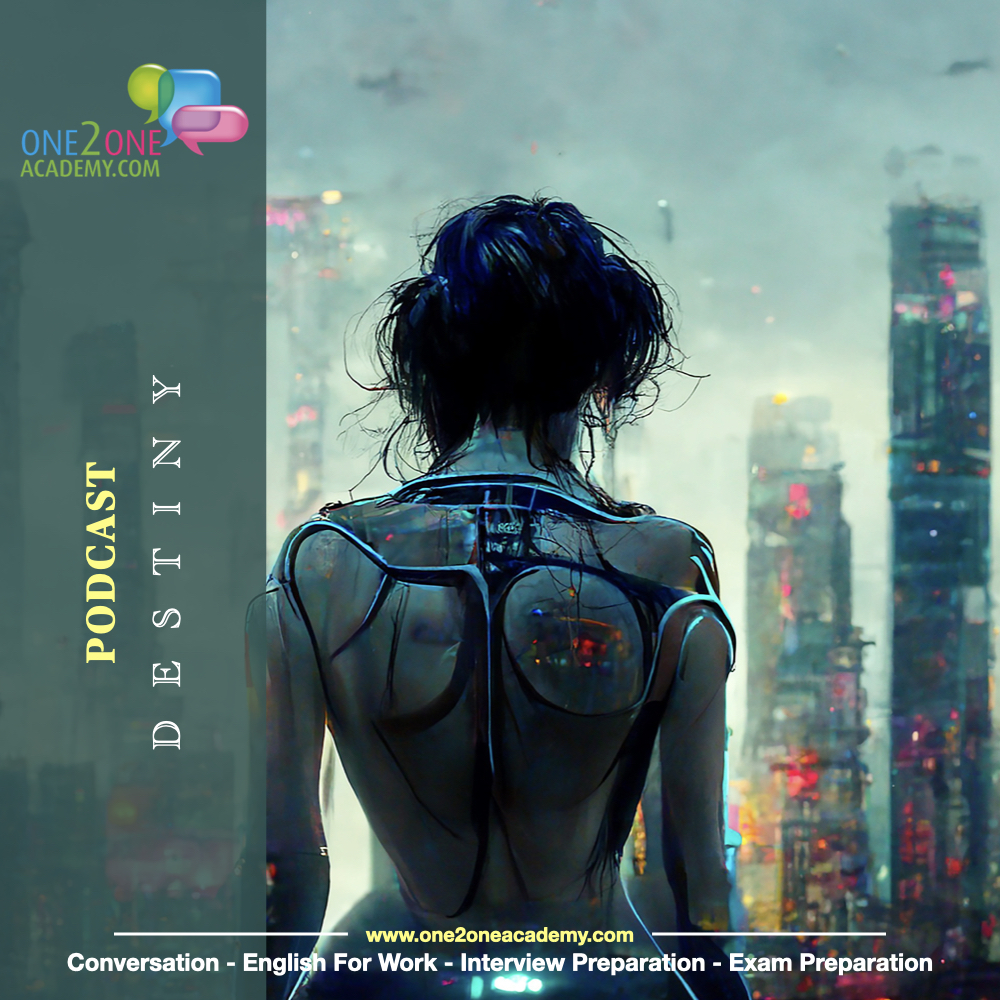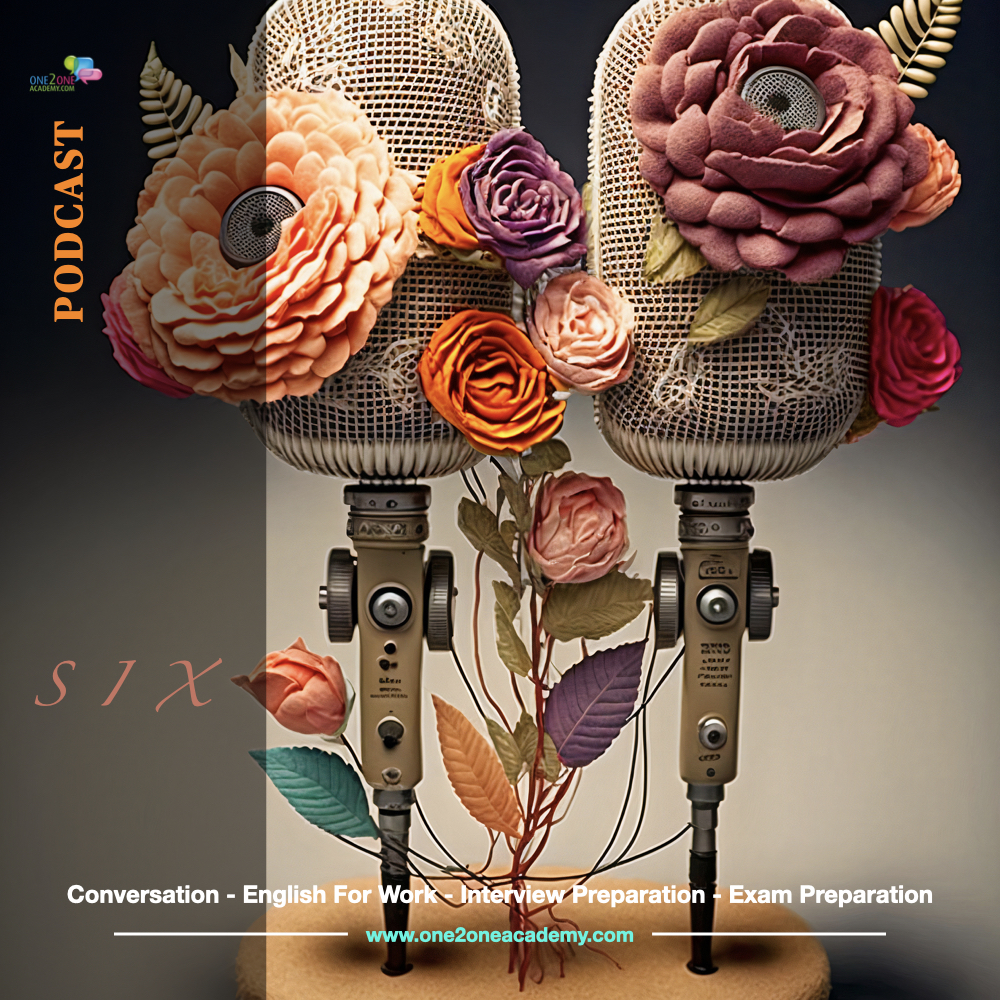Car Evolution – The Future of Vehicle Technology
Car automated driving has indeed been tested in Spain. One notable example is the “5G Drive” project, a joint initiative between the Spanish government, car manufacturers, and telecom companies.
In 2019, the project conducted a series of tests in the city of Segovia, Spain. These tests involved autonomous cars with advanced sensors, cameras, and communication systems. The vehicles could navigate through urban environments, communicate with each other, and interact with traffic lights and infrastructure.

Car Evolution
Car automated driving has indeed been tested in Spain. One notable example is the “5G Drive” project, a joint initiative between the Spanish government, car manufacturers, and telecom companies. The project aims to test and develop connected and automated driving technologies using the capabilities of 5G networks.
These tests aimed to assess the feasibility, safety, and potential benefits of automated driving in real-world scenarios. The data and feedback collected from these tests will be used to refine further and improve the technology.
Like many other countries, Spain recognises the potential of automated driving to enhance road safety, reduce traffic congestion, and improve transportation efficiency. Therefore, ongoing efforts are to continue testing and developing these technologies in the country.
Car Evolution – Debates
1. Safety vs. Liability: Who should be held responsible in the event of an accident involving an autonomous vehicle – the car manufacturer, the software developer, or the owner?
2. Ethical Decisions: How should autonomous vehicles be programmed to make ethical decisions in life-threatening situations? For example, should the car prioritise the safety of its occupants, or should it minimise harm to pedestrians?
3. Job Displacement: How will autonomous vehicles impact the job market, particularly for professional drivers like taxi drivers and truck drivers? How can we address the potential unemployment issue?
4. Data Privacy: How can we ensure that the personal data collected by autonomous vehicles, such as location and driving patterns, is protected and not misused?
5. Technical Challenges: What are the most significant technical hurdles that must be overcome before autonomous vehicles can be safely deployed on a large scale? How can these challenges be addressed?
6. Infrastructure: What changes must be made to existing road infrastructure to accommodate autonomous vehicles? How can we ensure that these changes are implemented efficiently and cost-effectively?
7. Public Acceptance: How can we build public trust and acceptance of autonomous vehicles? What steps should be taken to educate the public about the benefits and safety of this technology?
8. Cybersecurity: How can we protect autonomous vehicles from cyber-attacks that could compromise their safety and functionality?
9. Legal and Regulatory Framework: What legal and regulatory measures should be implemented to govern the use of autonomous vehicles? How can we ensure consistency and standardisation across different countries and regions?
10. Environmental Impact: What are autonomous vehicles’ potential environmental benefits or drawbacks? How can we ensure that this technology contributes to a more sustainable transportation system?
Public Transport
Some people express concerns about the potential loss of jobs for drivers in the public transport industry. If autonomous vehicles replace human-operated buses, taxis, or trains, it could result in unemployment and economic hardship for many individuals who rely on these jobs.
Lastly, there is the issue of public trust. Autonomous technology is relatively new, and some individuals may be hesitant to put their safety in the hands of machines. There may be a need for more confidence in the ability of autonomous vehicles to handle complex traffic scenarios, interact with pedestrians, or respond appropriately to emergencies.
It’s important to note that these arguments against autonomous public transport are not necessarily definitive, as technology continues to advance and safety measures are constantly being improved. However, they represent some of the concerns raised by those sceptical about embracing this technology.
Car Evolution Conversation questions
1. Should autonomous public transport be implemented on a large scale, or should human-operated vehicles continue to be used?
2. What measures should be implemented to ensure the safety and reliability of autonomous public transport systems?
3. How can we address the potential job losses in the public transport industry that may result from adopting autonomous vehicles?
4. Is public trust in autonomous public transport justified, or are concerns about safety and reliability overblown?
5. Should governments invest in autonomous public transport as a solution to reduce traffic congestion and improve transportation efficiency?
6. What ethical considerations should be considered when programming autonomous vehicles, mainly when human lives are at stake?
7. How can autonomous public transport systems be designed to accommodate individuals with special needs or disabilities?
8. Are there any potential privacy concerns associated with using autonomous public transport, such as data collection or surveillance?
9. Should autonomous public transport be limited to certain areas or routes, or should it be implemented universally?
10. How can public acceptance and understanding of autonomous public transport be improved to encourage adoption?
Police State
1. Should self-driving vehicles be equipped with surveillance technology to assist law enforcement agencies in monitoring and controlling traffic?
2. What are the potential risks and benefits of allowing law enforcement agencies to control self-driving vehicles in emergencies remotely?
3. How can we ensure that law enforcement’s use of self-driving vehicles does not infringe upon individuals’ civil liberties or lead to increased surveillance?
4. Should self-driving vehicles be programmed to prioritise compliance with traffic laws, potentially limiting law enforcement’s ability to pursue suspects?
5. What measures should be implemented to prevent unauthorised access or hacking of self-driving vehicles by law enforcement or malicious actors?
6. How can we strike a balance between utilising self-driving vehicles for law enforcement purposes and protecting individuals’ privacy rights?
7. Is the potential for increased efficiency and effectiveness in law enforcement operations worth the potential risks and concerns associated with self-driving vehicles?
8. Should there be strict regulations to govern the use of self-driving vehicles by law enforcement, including transparency and accountability mechanisms?
9. How could law enforcement’s use of self-driving vehicles impact community-police relations and public trust in law enforcement agencies?
10. How can we ensure that ethical considerations and safeguards against abuse of power guide the deployment of self-driving vehicles for law enforcement purposes?
IELTS Style Essay Writing Task
In the future, all cars, buses and trucks will be driverless. The only people travelling inside these vehicles will be passengers. Do the advantages of driverless vehicles outweigh the disadvantages?
Write an essay to express your opinion, and where possible, include some examples from your own experience. You have a maximum time of forty minutes to complete this task and a minimum word count of 250 words.
For more information about our IELTS preparation course, press here.
Join us on Spotify, press here.


















